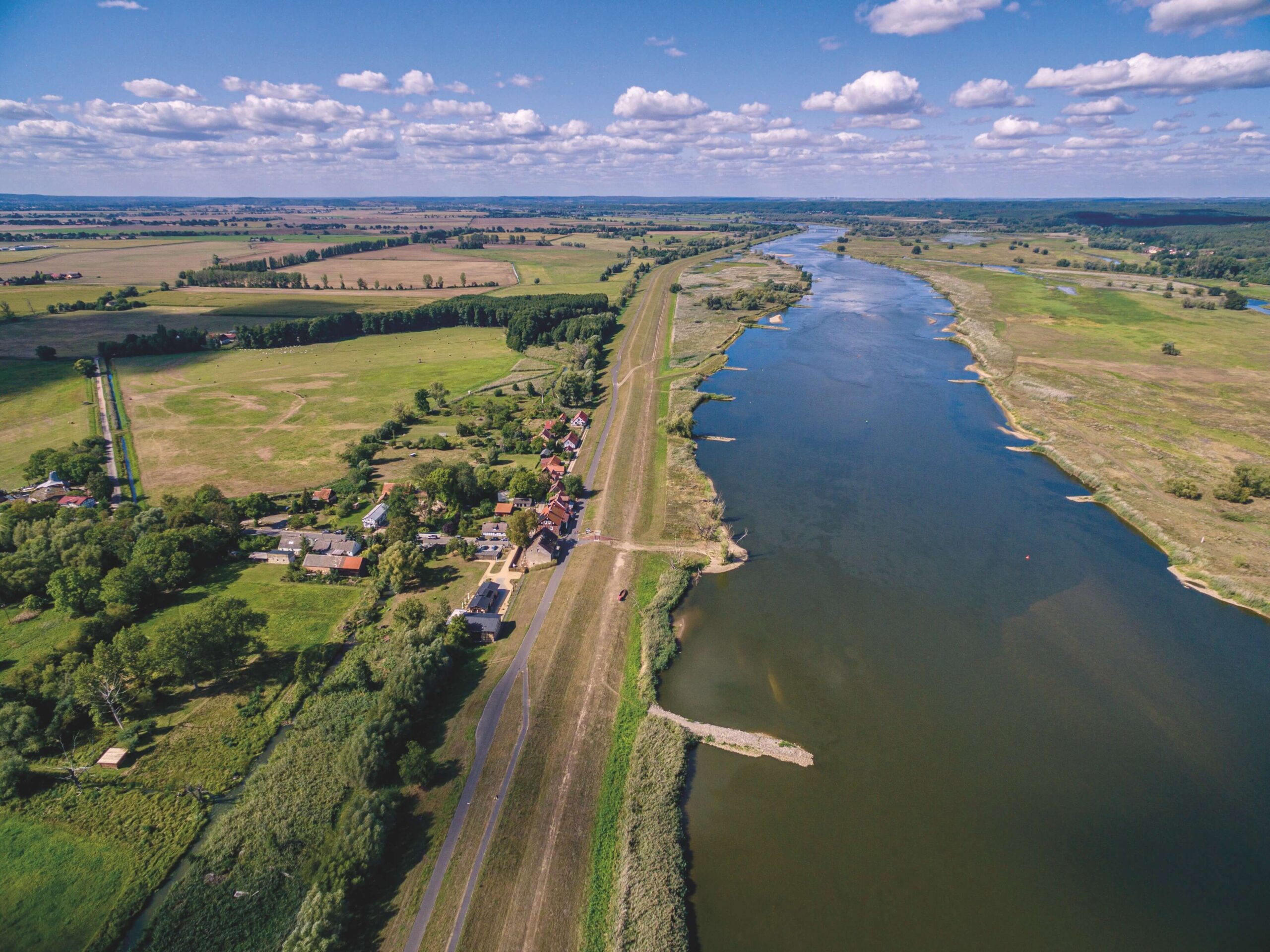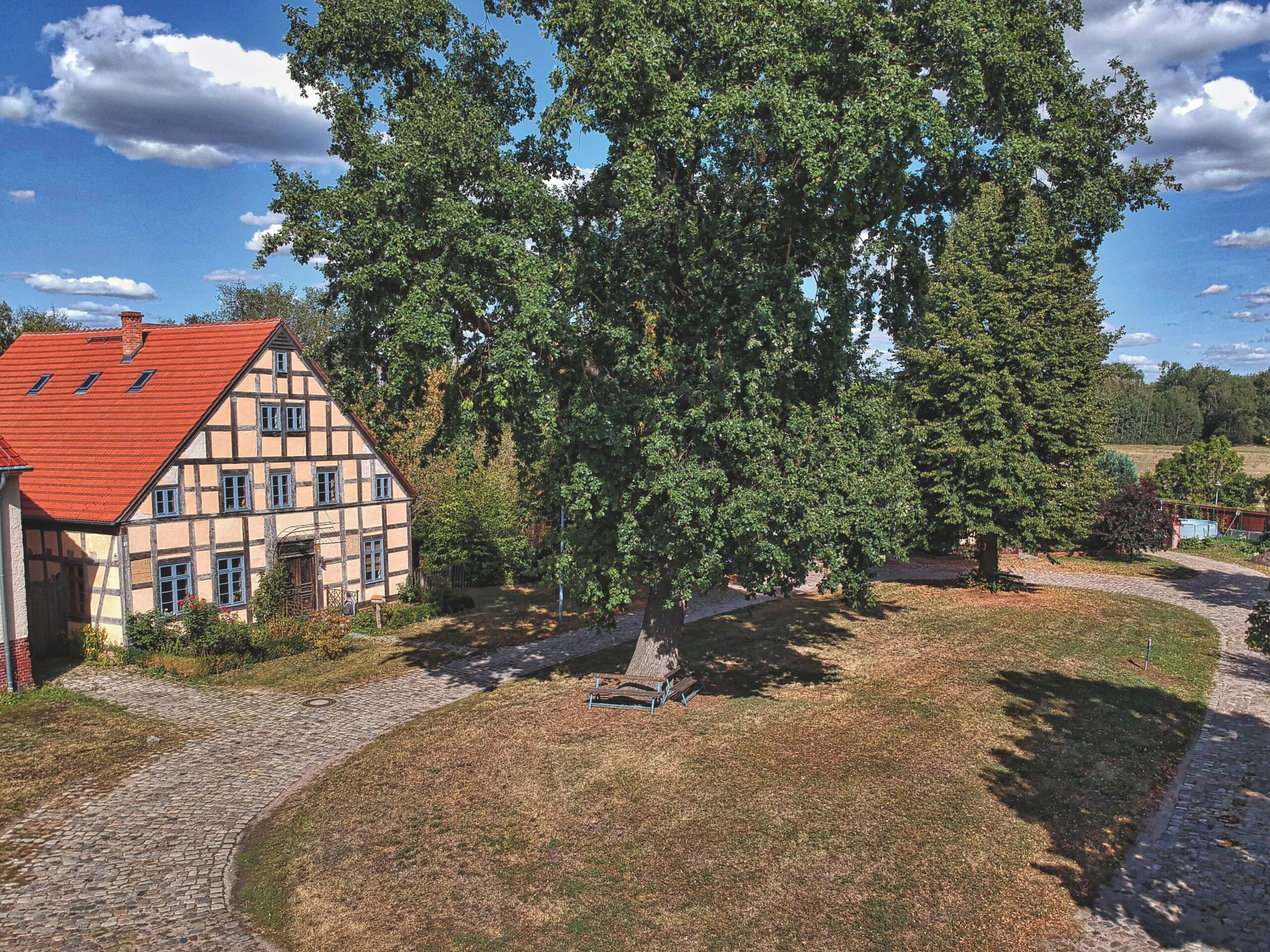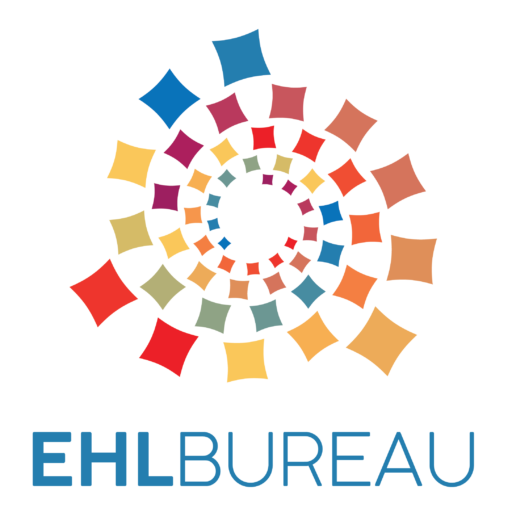This website uses cookies so that we can provide you with the best user experience possible. Cookie information is stored in your browser and performs functions such as recognising you when you return to our website and helping our team to understand which sections of the website you find most interesting and useful.
The Orderbruch



The EHL Site
The Oderbruch is a small region on the German-Polish border. It is an outstanding example of the anthropogenic forming of landscapes in Europe and was created by the Prussian colonisation of the 18th century. With its filigree water system, its settlement structures, and its shaping by immigration, it shows high self-organization and therefore it stands as an example for the future of rural areas in Europe.
To present this heritage, we have formed a network of 42 places and sites throughout the region. Among them are villages, churches, ladles, monuments, and small museums. All places lead their own contribution to a common landscape narrative.
European dimension
The Prussian domestic colonisation of the Oderbruch brought together Europe’s most advanced engineering expertise at the time of Frederick II. This knowledge made it possible, within a short time span, to completely reshape a natural environment in a previously unimaginable scope and with enormous conceptual power. The most important protagonists of this process were prominent European personalities in terms of their biography and expertise.
The new landscape design shaped by these personalities brought people from Germany’s Palatinate region, the French-speaking part of Switzerland, Bohemia and many other European regions together in the Oderbruch, but it also opened up new opportunities for the fishermen already residing there. Approximately 8,000 colonists found a new livelihood in the Oderbruch. It is thanks to the Oderbruch’s potential for integration that, to this day, people from France, England, Poland, the Netherlands or the United States have been able to settle in this landscape and enrich the region with their diverse cultural influences.
European values are reflected above all in the history of the landscape, where, over a period of ten generations, through wars, catastrophes, and systemic upheavals, the Oderbruch’s water system has been constantly evolving to this day. This continuity is testimony to a characteristically European sense of responsibility, which has made it possible for a radical and bold intervention into the natural environment to create a sustainably managed cultural landscape. A decisive factor in this development has always been a dialectic of state action and civic involvement, which, while often fraught with conflict, has ultimately always been resolved in democratic processes of communication. With this self-conception as a starting point, the citizens of the Oderbruch present their landscape as a prime example for the future of rural life in a modern Europe.
As a result of the Second World War, the Oderbruch of today is a cross-border landscape. It does not end in the middle of the Oder River, but instead also encompasses what today are the old Polish Oderbruch villages on the eastern side, from which significant impulses for colonisation once came.
The organization
The network of heritage-places is coordinated by the Oderbruch Museum Altranft.
We publish an annual travel guide (Schau ins Bruch), provide information about the possibilities to get to know the Oderbruch, carry out numerous educational projects and invite people to take tours through the Oderbruch.
In the Oderbruch Museum, we present the land and its people in a richly artistic exhibition.
Our work is supported by a municipal working group in which all communities and cities of the Oderbruch are members.
